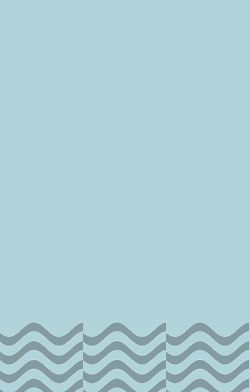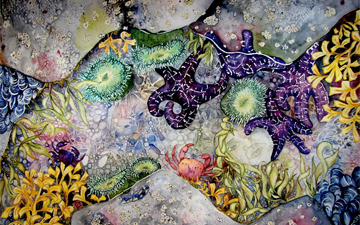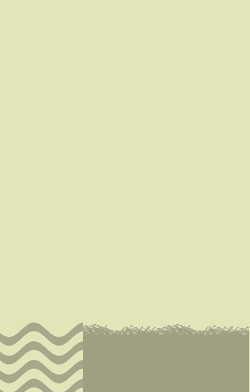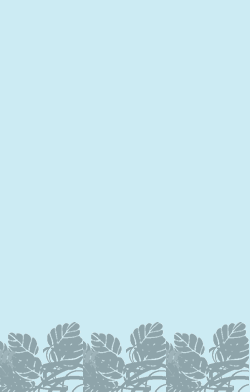For best results print the cards using the Firefox Browser
Cards
(QUICK LINKS: Decks | plants | mammals | birds | | reptiles | fish | cephalopoda | insects | microbe | events
( scientist | project | modifier | technique |)

Phillipine Tarsier
Tarsius syrichta


Sorry, there is no photo available. If you have one, please submit
here
.
10 POINTS
• Tarsius syrichta has a MOVE of 2.
The eyes of Tarsius syrichta are larger than its brain, and they can rotate their head 180 degrees.
Cool, Warm
Graphic by kg21kg21.deviantart.com/
The Philippine Tarsier (Tarsius syrichta), known locally as the Maumag in Cebuano/Visayan and Mamag in Luzon, is an endangered species endemic to the Philippines. It is found in the southeastern part of the archipelago, particularly in the islands of Bohol Island, Samar Island, Leyte Island and Mindanao. It is a member of approximately 45 million year old family Tarsiidae,[3]whose name […] read more

Intertidal
Habitat Card
Sorry, there is no photo available. If you have one, please submit
here
.
2 POINTS
• This is a HABITAT card. You can start to build SPECIES from this card or connect to existing “compatible” networks.
• This card cannot be removed once played.
Cool
Graphic by Coral Cargillbluecnidaria.deviantart.com/
The intertidal zone (also known as the foreshore and seashore and sometimes referred to as the littoral zone) is the area that is exposed to the air at low tide and underwater at high tide (for example, the area between tide marks). This area can include many different types of habitats, including steep rocky cliffs, sandy beaches, or wetlands (e.g., vast mudflats). The area […] read more

Atlantic ancula
Ancula gibbosa


Sorry, there is no photo available. If you have one, please submit
here
.
10 POINTS
• Ancula gibbosa has a MOVE of 1.
Ancula gibbosa is a widely distributed species found all round the British Isles but usually in small numbers.
Cool, Warm
Graphic by Ernst Haeckelen.wikipedia.org/wiki/Ernst_Haeckel
Ancula gibbosa, common name Atlantic ancula, is a species of doridnudibranch. It is a marine gastropod mollusc in the family Goniodorididae. (From Wikipedia, November 3, 2010) – – – The body of this nudibranch is translucent white. There are up to seven orange tipped processes on each side of the gills. A pair of longer processes project forwards from the […] read more

Steller Sea Lion
Eumetopias jubatus


Sorry, there is no photo available. If you have one, please submit
here
.
9 POINTS
• Eumetopias jubatus has a MOVE of 2. Tourists often see Eumetopias jubatus “sun bathing” on rocks.
Cold, Cool, Warm
Graphic by Jennifer Rae Kinyakwww.dailymammal.com/
The Steller sea lion (Eumetopias jubatus) also known as the northern sea lion, is a threatened species of sea lion in the northern Pacific. It is the sole member of the genus Eumetopias and the largest of the eared seals (Otariidae). Amongpinnipeds, it is inferior in size only to the walrus and the two elephant seals. The species is named for the naturalist Georg Wilhelm […] read more

Crowned Doto
Doto coronata


Sorry, there is no photo available. If you have one, please submit
here
.
10 POINTS
• Doto coronata has a MOVE of 1. • Doto coronata feeds on SPECIES of hydrozoa class.
Cold, Cool
Graphic by Ernst Haeckelen.wikipedia.org/wiki/Ernst_Haeckel
The crowned doto, Doto coronata, is a species of small sea slug or nudibranch, a dendronotid nudibranch, a shell-less marine gastropod mollusc in the family Dotidae. This species is found off South Africa, in the north Atlantic Ocean and in theMediterranean Sea. (From Wikipedia.org, November 1 2010) – – – The nudibranchs called by this name are probably an aggregate species consisting of Doto species […] read more

Buttercup Scorpion Weed
Phacelia covillei


Sorry, there is no photo available. If you have one, please submit
here
.
3 POINTS
• Phacelia covillei has a SPREAD of 1 (requires a POLLINATOR.
Cool, Warm
Graphic by Joanna Barnumwww.joannabarnum.com/
Phacelia (phacelia, scorpionweed, heliotrope) is a genus of about 200 species of annual or perennial herbaceous plants, native to North and South America.[1] The genus is traditionally placed at family rank with the waterleaves (Hydrophyllaceae) in the order Boraginales. The Angiosperm Phylogeny Group, recognizing that the traditional Boraginaceae and Hydrophyllaceae are paraphyletic with respect to […] read more